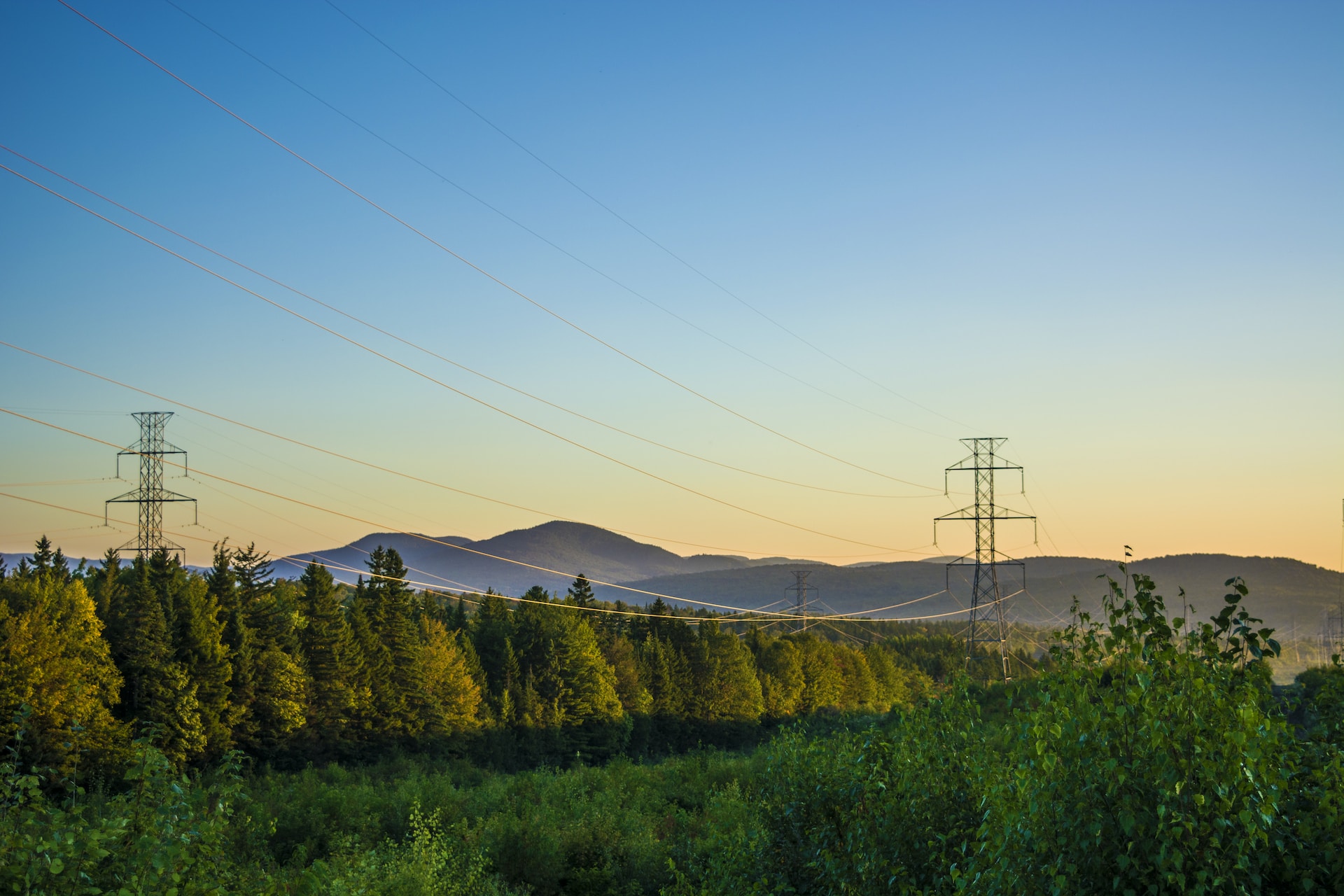
Photo by Jaël Vallée on Unsplash
The integration of fiber optics into power infrastructure heralds a new era of sustainable and efficient energy systems. This exploration unveils five compelling advantages that underscore the transformative impact of fiber in revolutionizing power grids. From enhancing grid resilience and reliability to enabling real-time monitoring and control, these advantages position fiber as a cornerstone technology for building the next generation of sustainable power infrastructure. By delving into the specific benefits, this discussion elucidates the role fiber plays in creating smart, adaptive, and environmentally conscious power networks.
1. Enhanced Grid Resilience and Reliability: A Robust Backbone
Fiber optics serves as a robust backbone for power infrastructure, significantly enhancing grid resilience and reliability. Unlike traditional copper-based communication systems, fiber is immune to electromagnetic interference, corrosion, and signal degradation over long distances. This resilience ensures consistent and secure communication within the power grid, minimizing the risk of disruptions and outages. By providing a reliable communication backbone, fiber contributes to the creation of a self-healing grid capable of identifying and isolating faults promptly. This adaptability is crucial for maintaining an uninterrupted power supply, especially in the face of adverse weather conditions, natural disasters, or other unforeseen challenges.
2. Real-Time Monitoring and Control: Precision in Power Management
Fiber optics enables real-time monitoring and control of power infrastructure, offering unprecedented precision in power management. The high bandwidth and low latency of fiber optics facilitate the seamless transmission of data from various points within the grid. This real-time data allows operators to monitor power flow, identify inefficiencies, and respond swiftly to fluctuations in demand. Moreover, fiber-optic sensors can be strategically deployed to monitor equipment health, detect anomalies, and predict potential failures before they occur. The ability to monitor and control power systems in real-time enhances overall grid efficiency, minimizes energy losses, and optimizes resource utilization for a more sustainable and cost-effective operation.
3. Integration of Renewable Energy Sources: Facilitating the Green Transition
The integration of renewable energy sources plays a pivotal role in facilitating the green transition towards sustainable power infrastructure. As the global focus shifts towards cleaner energy solutions, the effective management of generation and transmission power becomes paramount. Incorporating a robust fiber network in power infrastructure management is key to optimizing the potential of renewable sources. Generation and transmission power fiber network management enables real-time monitoring and efficient control of energy flows, ensuring a seamless integration of renewable resources into the grid. This approach not only enhances reliability but also contributes to a more resilient and environmentally friendly power ecosystem, aligning with the broader goals of sustainable and green energy initiatives.
4. Cybersecurity and Data Protection: Safeguarding Critical Infrastructure
Fiber-optic communication enhances the cybersecurity and data protection measures of power infrastructure, safeguarding critical systems against cyber threats. The inherent security features of fiber, such as immunity to electromagnetic interference and the difficulty of tapping into the transmission medium, make it a resilient choice for secure data transfer. The use of fiber optics in power networks reduces the vulnerability of communication systems to cyber attacks that could compromise the integrity of the grid. Furthermore, fiber facilitates the implementation of advanced encryption protocols, intrusion detection systems, and secure communication channels, fortifying the overall cybersecurity posture of the power infrastructure. Protecting critical energy systems from cyber threats is essential for ensuring the reliability and stability of power networks.
5. Cost-Efficiency and Long-Term Sustainability: Optimizing Investments
The adoption of fiber optics in power infrastructure brings about cost-efficiency and long-term sustainability. While the initial investment in fiber-optic infrastructure can be higher than traditional alternatives, the long-term benefits outweigh the costs. Fiber's durability and low maintenance requirements result in reduced operational expenditures over time. The efficiency gains from enhanced grid monitoring, reduced downtime, and optimized energy distribution contribute to long-term cost savings. Additionally, fiber's scalability and adaptability are future-proof power infrastructure, ensuring that it can evolve to meet the demands of a changing energy landscape. The cost-effectiveness and long-term sustainability of fiber-optic technology position it as a strategic investment for power utilities looking to build resilient, efficient, and future-ready infrastructure.
Conclusion
In conclusion, fiber optics emerges as a pivotal technology in transforming power infrastructure for sustainability and efficiency. The advantages of enhanced grid resilience, real-time monitoring, integration of renewables, cybersecurity, and cost-efficiency collectively position fiber as a catalyst for building the power grids of the future. By leveraging the unique features of fiber-optic communication, power utilities can create smart, adaptive, and environmentally conscious energy systems that not only meet the current demands but also lay the foundation for a sustainable energy future. As the world shifts towards cleaner and more resilient power solutions, fiber optics stands at the forefront of innovations driving positive change in the realm of power infrastructure.
You may also like
5 Ways Compression Molding is Sustainable
5 Materials That Support Sustainability in Injection Molding
10 Environmental Benefits of Artificial Grass
Which Industries Benefit Most from Acrylic Usage?
